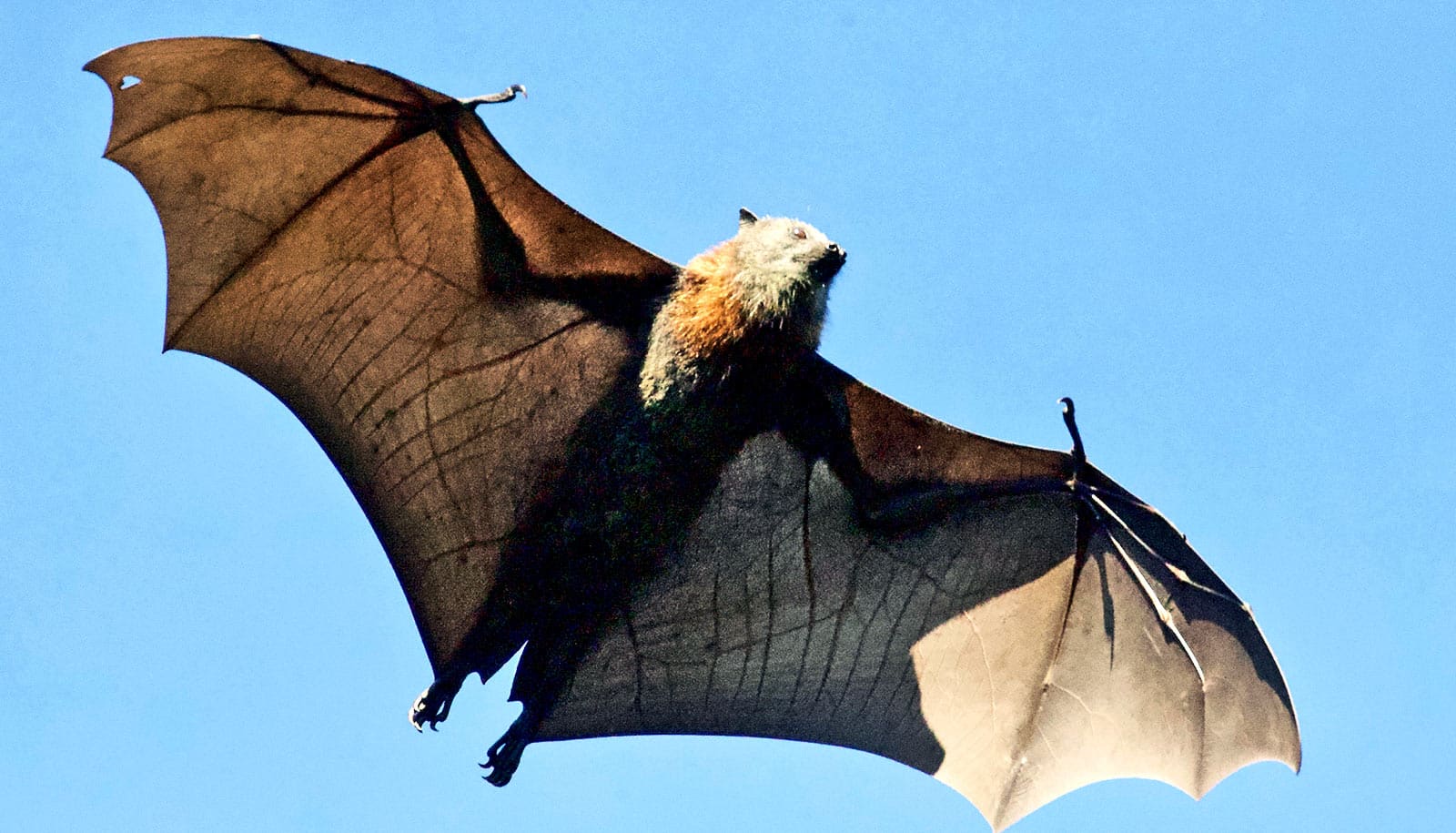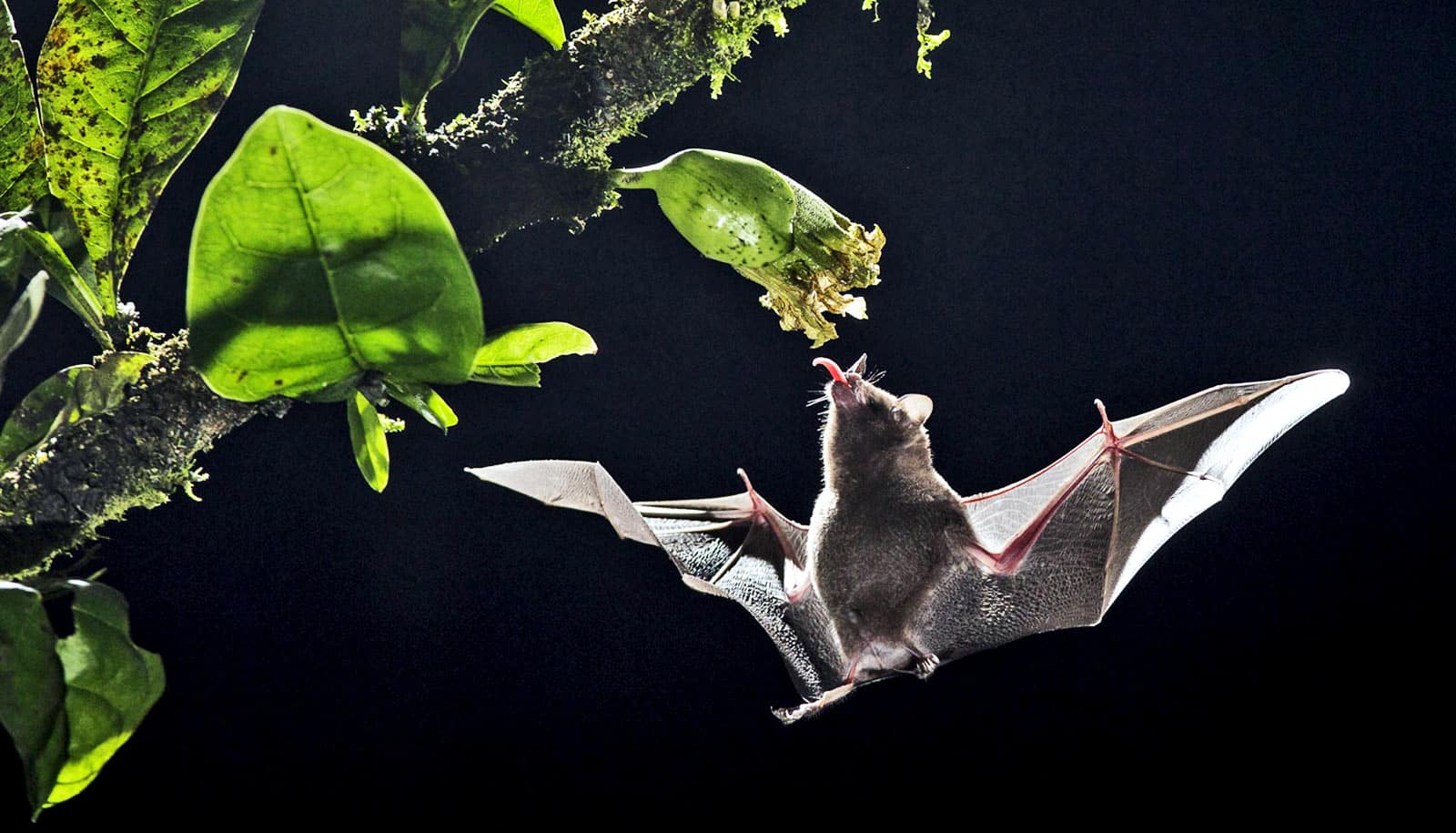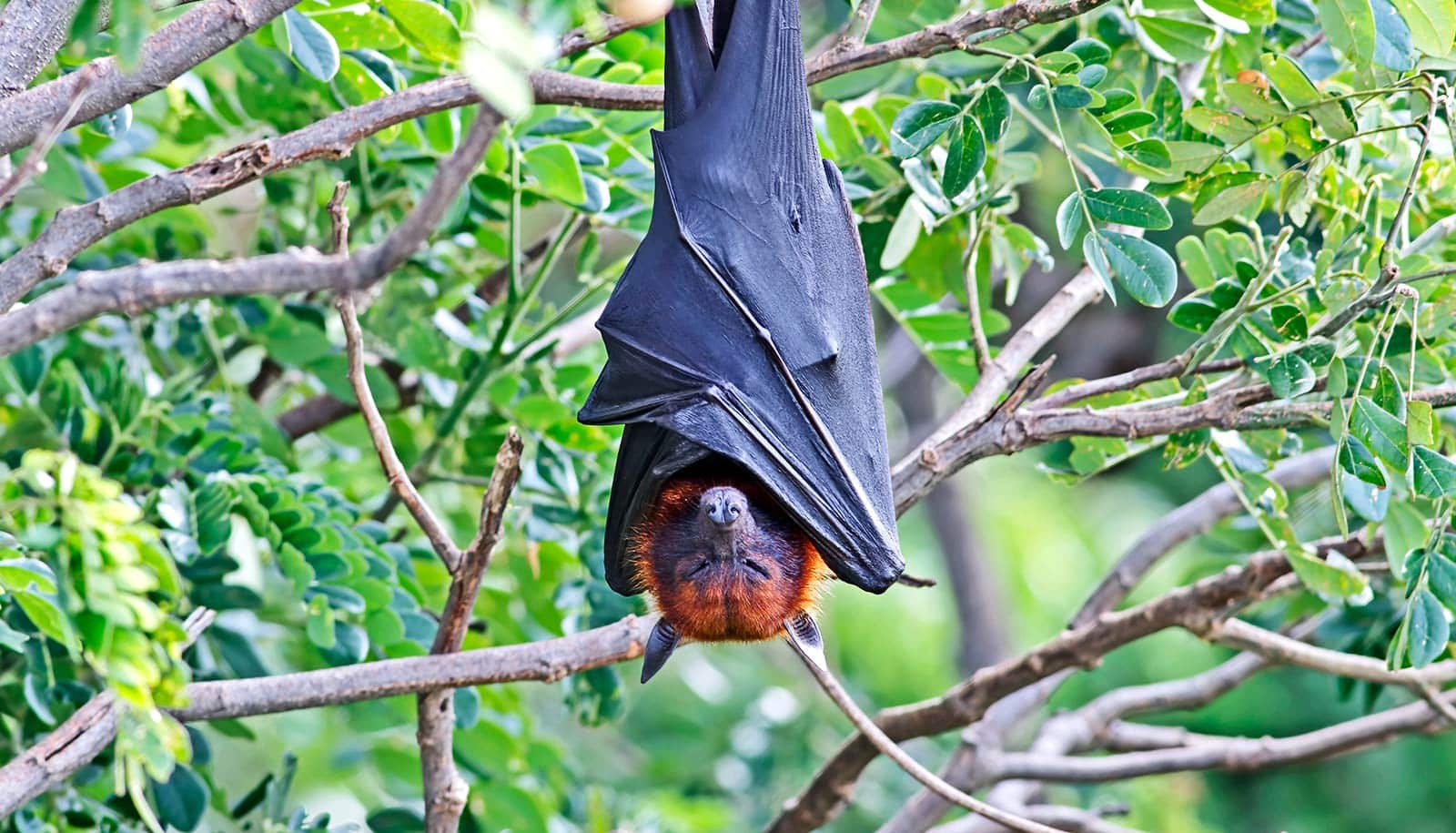New research may explain why bats have a low incidence of cancer. The findings could eventually lead to treatments for people.
“Our team investigated the unique anti-cancer mechanisms in bats and found that exposure to toxic drugs caused significantly less DNA damage in bat cells than human cells due to the presence of the important ABCB1 protein,” says senior author Koji Itahana, an associate professor in the Cancer and Stem Cell Biology Programme at Duke-NUS Medical School.
DNA damage in cells can contribute to cancer through multiple mechanisms. The researchers discovered that ABCB1, an important protein that pumps many foreign substances out of cells, is present in significantly larger amounts in various types of cells derived from bats compared to those from humans.
Furthermore, researchers found decreased drug accumulation in cells due to greater amounts of ABCB1 across multiple bat species. The investigations also provided evidence that blocking ABCB1 in bat cells triggered the accumulation of toxic chemicals, causing DNA damage and cell death.
“Our findings reveal that the transportation of toxic drugs out of the system protects bat cells from DNA damage, which may contribute to their low cancer incidence. This discovery can provide important insights into cancer biology that can be translated into future therapies for humans,” adds co-corresponding author Wang Linfa, director of the Emerging Infectious Diseases Programme.
Drug resistance arising from chemotherapy is still one of the main reasons for cancer recurrence and patient death. Tumors acquire elevated amounts of the ABCB1 protein in response to prolonged chemotherapy, which is one of the major causes of drug resistance. The research team is currently working on developing more effective and less toxic drugs for ABCB1, which could help overcome drug resistance in human cancer.
The research appears in Nature Communications.
Source: Duke-NUS



